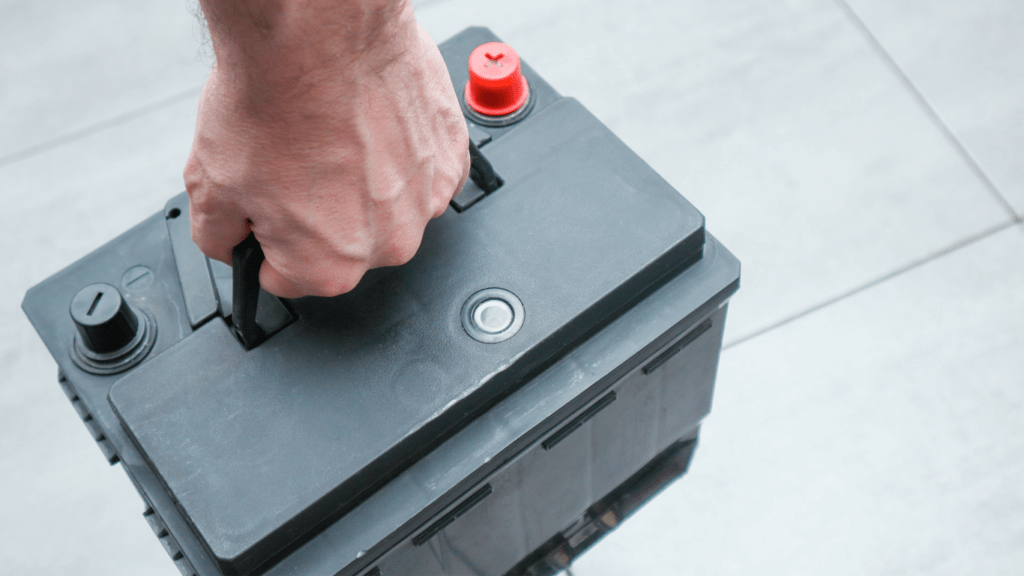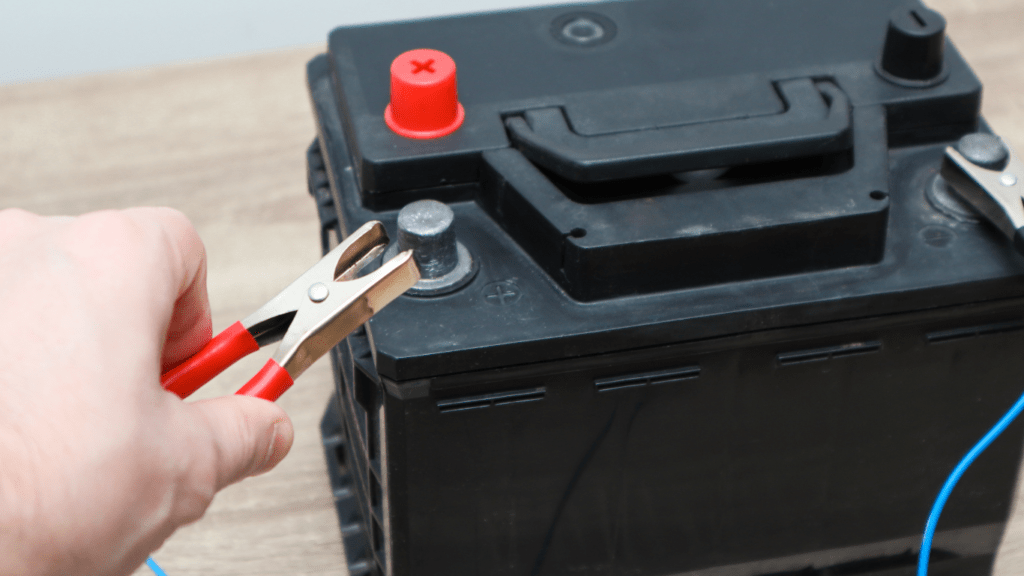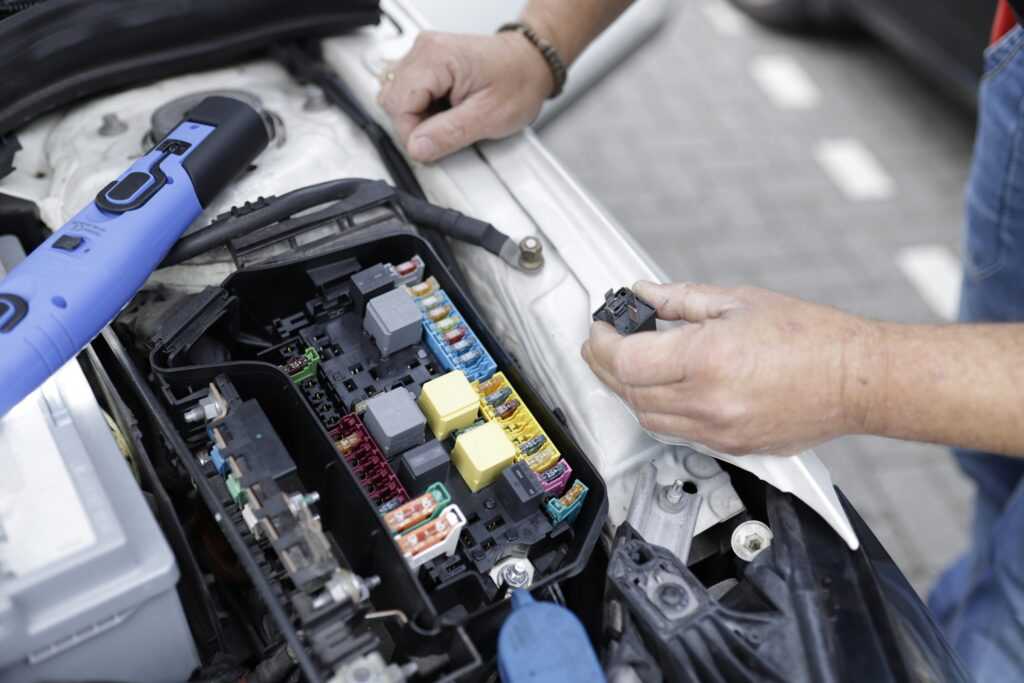Understanding Car Battery Basics
Car batteries power the electrical systems in vehicles. They provide energy to start the engine and power accessories like lights and radios. Typically, car batteries are rechargeable and use lead-acid chemistry.
Car batteries usually have a lifespan of 3-5 years. Environmental factors, driving habits, and maintenance practices can influence their longevity. High temperatures, frequent short trips, and lack of maintenance can shorten a battery’s life.
Car batteries come in various sizes and specifications. The most common types include wet cell (flooded), AGM (Absorbent Glass Mat), and gel cell batteries. Each type has different characteristics, suited to different applications and environments.
To choose the right battery, consider the manufacturer’s recommendations. Factors like:
- vehicle type
- driving conditions
- performance
needs should guide your choice. Proper installation and regular checks help ensure optimal battery performance and longevity.
Common Causes of Battery Wear
Understanding the main contributors to battery wear helps in preventing premature failure and extending its lifespan.
Weather Conditions
Extreme temperatures significantly impact battery life. Hot weather accelerates internal corrosion as well as water and acid loss, while freezing temperatures reduce starting power and thickens engine oil. According to AAA, battery capacity drops by 20% at 32°F and by over 50% at -22°F. It’s crucial to monitor and maintain optimal battery conditions in varying weather.
Frequent Short Trips
Frequent short trips don’t allow the alternator to charge the battery fully. Minimal driving time, especially under 20 minutes, depletes the battery over time as it doesn’t get adequately recharged. Regular long drives ensure the battery gets a complete charge, thereby maintaining its health.
Electrical Drains
Electrical drains from devices and vehicle functions drain the battery even when the engine is off. Leaving headlights or interior lights on, using electronics, and maintaining plugged-in accessories overnight causes parasitic drains. It’s essential to turn off all electronics and unplug accessories to prevent such drains.
Practical Tips to Prolong Battery Life

Car batteries play a crucial role in your vehicle’s reliability. To extend their life, follow these practical tips and maintain their performance.
Regular Maintenance
Regular maintenance ensures your car battery stays in peak condition. Inspect the battery terminals for corrosion and clean them with a mixture of baking soda and water if buildup is present. Check the battery’s fluid level monthly, adding distilled water if necessary to keep the plates submerged. For sealed batteries, look for any bulging or cracks in the casing.
Schedule battery testing at least twice a year, or more often if you experience starting issues. Many auto shops offer free battery testing services, providing vital information about the battery’s health and charge capacity.
Proper Charging Practices
Proper charging practices can significantly extend your battery’s lifespan. Avoid using quick chargers, as they can damage the battery by generating excessive heat. Instead, opt for a slow charger or a smart charger, which monitors the battery’s condition and adjusts the charging rate accordingly.
If your vehicle is not driven often, consider investing in a battery maintainer. This device keeps the battery charged at an optimal level without overcharging, preventing the sulfation that occurs when a battery remains discharged for too long. Always follow the manufacturer’s instructions when charging to ensure safety and efficiency.
Minimizing Electrical Use
Minimizing electrical use reduces unnecessary strain on your battery. Turn off all lights, including interior and trunk lights, when the engine is off. Unplug your phone chargers, GPS units, and other accessories when not in use.
Limit the use of power-hungry systems like air conditioning and entertainment when the engine is idling. During short trips, avoid using heated seats and rear defrosters, as these can drain the battery faster than it recharges.
By implementing these practices, your car battery can achieve its maximum potential lifespan, maintaining reliability and performance.
Importance of Testing and Inspection
Regular testing and inspection of your car battery are essential for ensuring its longevity and reliability. With these practices, it’s easier to identify issues before they lead to unexpected failures.
Using a Multimeter
A multimeter accurately measures the voltage of your car battery. By performing this test, you can determine if the battery is holding a charge or if it’s nearing the end of its life cycle. First, set the multimeter to the 20V DC range. Connect the red probe to the positive terminal and the black probe to the negative terminal. A healthy battery should read between 12.4 to 12.7 volts when the engine is off. Lower readings may indicate that the battery needs charging or replacement. For more precise assessments, consult your vehicle’s manual for specific voltage ranges.
Visual Inspection Guide
Visual inspections help spot physical issues like corrosion and damage. Start by examining the battery terminals for white or blue powdery deposits, which are signs of corrosion. Clean these deposits using a mixture of baking soda and water. Also, check the battery case for cracks, swelling, or leaks. Any of these issues can compromise the battery’s performance and may necessitate immediate replacement. Look at the battery cables for signs of wear and ensure they are tightly connected to the terminals. Secure connections prevent voltage drops and enhance overall performance.
Regularly testing with a multimeter and performing visual inspections can significantly contribute to the prolonged life and reliability of your car battery.
When to Replace Your Car Battery
Recognizing when to replace your car battery is crucial for avoiding unexpected failures. I’ll provide insights on how to identify the signs of a failing battery and guide you on choosing the right replacement.
Signs of a Failing Battery
- Dimming Lights: Dimming headlights, interior lights, or dashboard lights often indicate a weak battery.
- Slow Engine Crank: If the engine cranks slowly when starting, the battery might not have enough power.
- Frequent Jump Starts: Needing frequent jump starts suggests the battery can no longer hold a charge.
- Swollen Battery Case: A swollen or bloated battery case often results from excessive heat, signaling replacement is needed.
- Check Engine Light: Sometimes, the check engine light might illuminate due to battery-related issues.
- Low Battery Fluid: If fluid levels fall below the lead plates, it decreases the battery’s ability to function properly.
Choosing the Right Replacement
- Battery Type: Select a battery type that matches your vehicle’s specifications. Common types include wet cell, AGM, and gel cell.
- Right Size: Ensure the replacement battery fits your car’s battery tray snugly.
- Correct Reserve Capacity: Choose a battery with the appropriate reserve capacity to power your vehicle’s electrical systems during alternator failure.
- Cold Cranking Amps (CCA): For colder climates, pick a battery with a higher CCA rating for better performance in starting the engine in low temperatures.
- Manufacturer Recommendations: Follow the vehicle manufacturer’s recommendations for battery specifications.
Use these tips to ensure you choose the right battery for your car’s needs.




